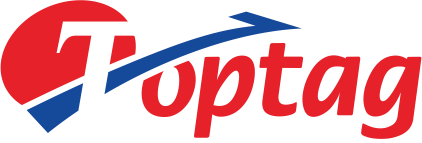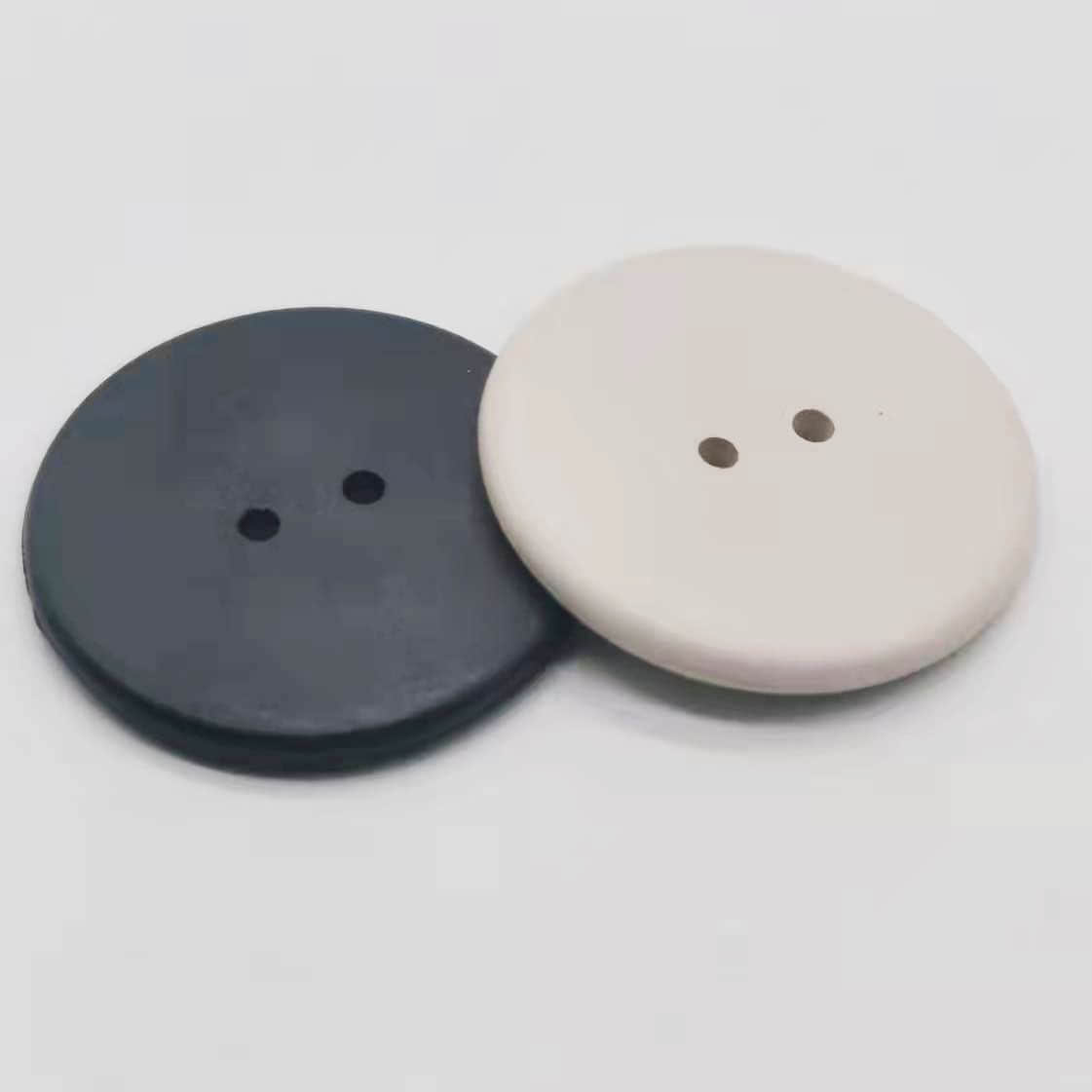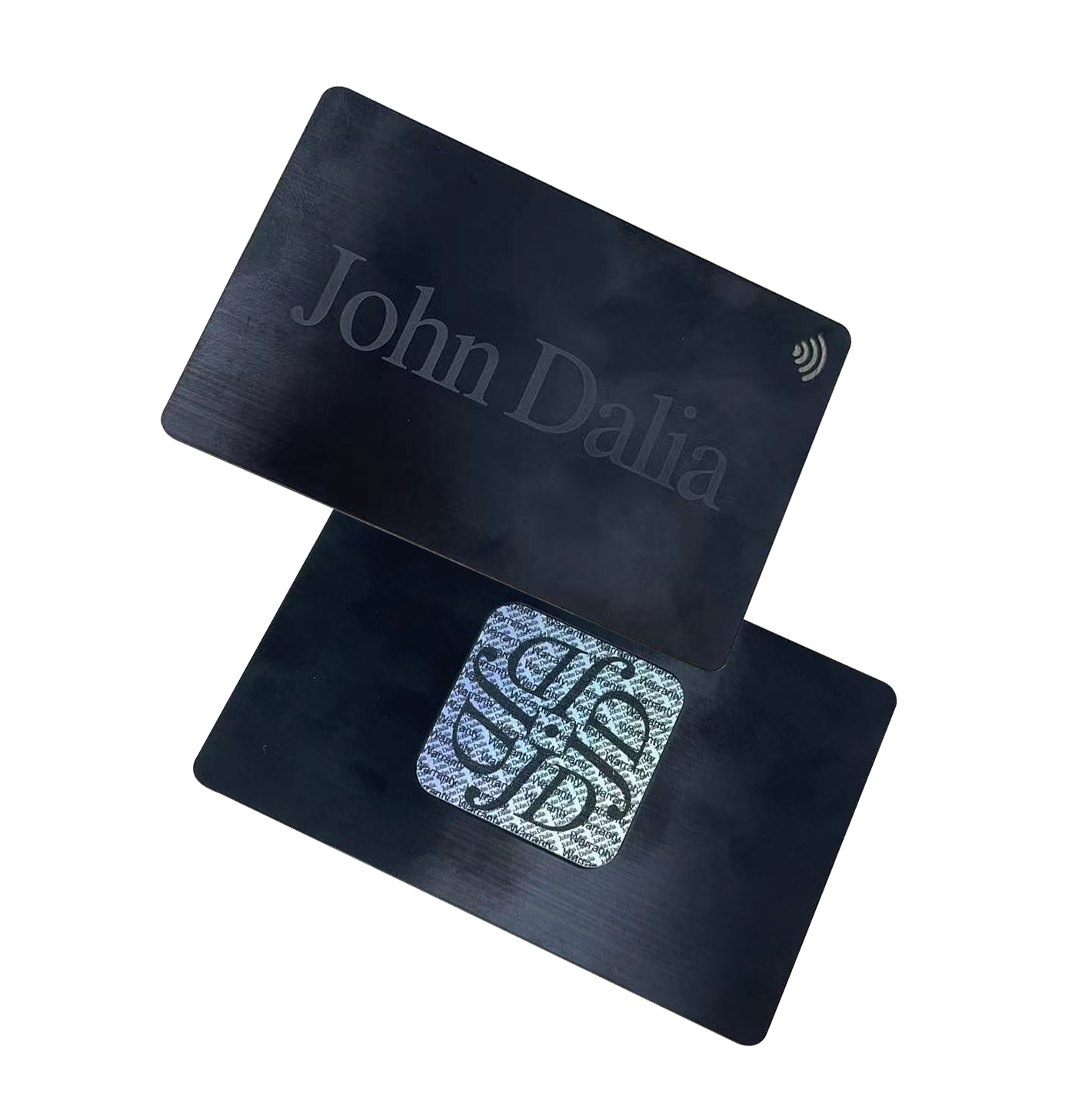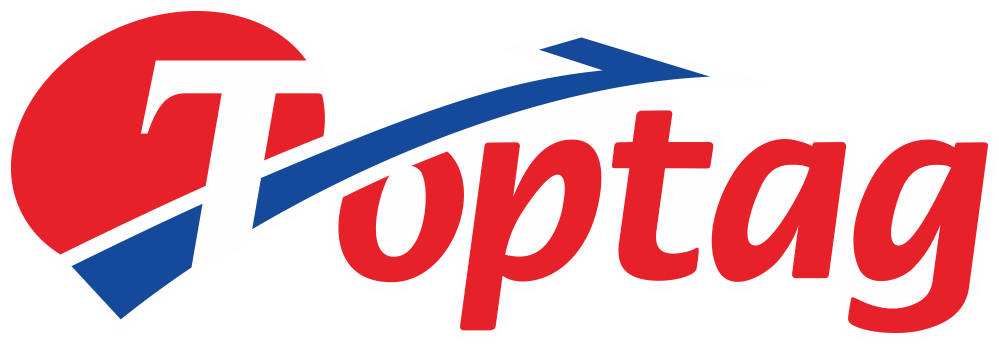In today’s rapidly evolving industrial landscape, technological advancements are continuously reshaping how we track and manage assets within high-temperature environments. High-temperature resistant RFID tags have emerged as a forefront solution, providing exceptional durability and reliability in realms where standard RFID tags have limitations. The following discussion will delve into the realm of high-temperature resistant RFID tags, spotlighting their distinctive attributes and key differentiators from traditional RFID tags.
What is a High Temperature Resistant RFID Tag?
High-temperature resistant RFID Tags are specially designed radio frequency identification (RFID) tags used for the identification, tracking, and management of items in high-temperature environments. RFID technology facilitates data transmission between tags (also known as transponders) and readers through radio frequency signals. These advanced versions of RFID tags are engineered to maintain full functionality even under extreme temperature conditions, allowing them to operate seamlessly within a higher temperature range compared to ordinary RFID tags, all while avoiding damage.
These tags are typically crafted from specialized materials and designs, ensuring their stable operation over extended periods in high-temperature environments. High-temperature resistant RFID tags can operate effectively at temperatures exceeding 200°C (392°F) and, in some cases, even reach temperatures surpassing 500°C (932°F). This exceptional heat resilience renders them invaluable in industries such as manufacturing, metallurgy, glass processing, baking, and the automotive sector, where high-temperature processes are the norm.

Main Differences from Standard RFID Tags:
- Temperature Threshold:
The most significant difference between high-temperature resistant RFID tags and traditional RFID tags is their temperature tolerance. While standard RFID tags can function properly only within a limited temperature range, high temperature resistant RFID tags excel in extremely hot environments, ensuring data integrity and read accuracy even under the most challenging conditions.
- Material Composition:
Ordinary RFID tags typically operate within a relatively low-temperature range and are generally unsuitable for high-temperature environments. Their components and materials may not function properly at elevated temperatures, which can lead to damage or performance degradation under extreme conditions. In contrast, high-temperature resistant RFID tags employ advanced materials such as ceramics, special polymers, and heat-resistant metal alloys. These materials are meticulously chosen for their ability to withstand thermal expansion and contraction, preventing label deformation and maintaining consistent performance over time. Specifically designed to thrive in high-temperature environments, these tags can function well even in extreme temperatures. They are often capable of withstanding temperatures exceeding 200°C (392°F) and sometimes even higher. Both their electronic components and packaging materials are specially treated to ensure they remain undamaged at elevated temperatures.
- Enhancement of Packaging Technology:
Standard RFID tags typically utilize conventional materials, such as plastic or paper, for their packaging. However, these materials might not withstand high-temperature environments and are susceptible to warping, burning, or cracking. The packaging process for standard RFID tags is generally straightforward, employing conventional methods that usually do not require special considerations for high-temperature environments. The encapsulation layer of traditional RFID tags tends to be relatively thin, as they are primarily designed to operate at room temperature and thus do not necessitate extensive insulation.
High-temperature resistant RFID tags have stable performance and can keep working normally even under extremely high temperatures. The specialized encapsulation process ensures a close bond between the encapsulation material and the internal components of the tag. This arrangement effectively shields the internal electronic components from external factors such as high temperatures, chemical substances, and physical pressure. To safeguard the internal electronic components from potential damage in high-temperature environments, the encapsulation layer of these tags may be thicker to provide enhanced insulation and protection. Additionally, the encapsulation technology used for these tags must exhibit greater durability to ensure the tags remain undamaged and retain their performance during prolonged usage.

For enhanced durability, high-temperature resistant RFID tags often use advanced packaging methods. This protective layer blocks internal components from exposure to heat, chemicals, and physical stress, extending the tag’s lifespan and ensuring its functionality in harsh environments.
- Signal Strength and Range:
Traditional RFID tags are typically utilized for tracking and management in standard room temperature environments, such as retail and logistics settings. The unique packaging materials and design of these tags offer enhanced protection for the internal electronic components, thereby maintaining a stable signal transmission. However, in high-temperature environments, conventional RFID tags might experience signal attenuation, leading to a reduction in signal strength. This can potentially impact the quality of communication between the tag and the reader.
In contrast, high-temperature resistant RFID tags are meticulously engineered to uphold consistent signal strength, ensuring uninterrupted communication between the tag and the reader, even within elevated temperature conditions. These advanced tags find widespread application in industries that necessitate tracking and management within high-temperature environments, including manufacturing, metallurgy, automobile production, aerospace, and more. They are well-suited for diverse process and production environments that operate at elevated temperatures.
- Features:
High-temperature resistant RFID tags exhibit stable performance and can function reliably even in extremely high-temperature conditions. Their signal strength and read range remain consistent in high-temperature environments. Additionally, they typically offer enhanced data transfer quality, leading to more dependable communication between the tag and the reader. This reduces the likelihood of data transmission errors.
On the other hand, standard RFID tags used in high-temperature environments may experience a reduction in the quality of data transmission due to signal weakening. This can result in transmission errors, loss of data, and subsequently lead to a diminished reading range or even communication failure.
- Diverse Applications:
High-temperature resistant RFID tags find extensive usage across multiple industries, particularly in sectors grappling with high-temperature challenges. Whether monitoring automotive components during the paint curing process or overseeing equipment in a foundry, these specialized tags play a pivotal role in data collection and efficient asset management.
In Conclusion:
As the industry continues to push the boundaries of technology,high-temperature-resistant RFID tags have become an invaluable solution for maintaining operational efficiency and reliability in extreme heat conditions. They excel at withstanding temperatures far beyond the limits of traditional RFID tags, transforming asset tracking, process optimization and data capture in high-temperature environments. Through the use of innovative designs, advanced materials and robust packaging technologies, high-temperature resistant RFID tags are setting new standards for performance and durability. These purpose-built devices have been integrated seamlessly across numerous industries, redefining what is possible for asset management in the face of high-temperature challenges.
Related Products





